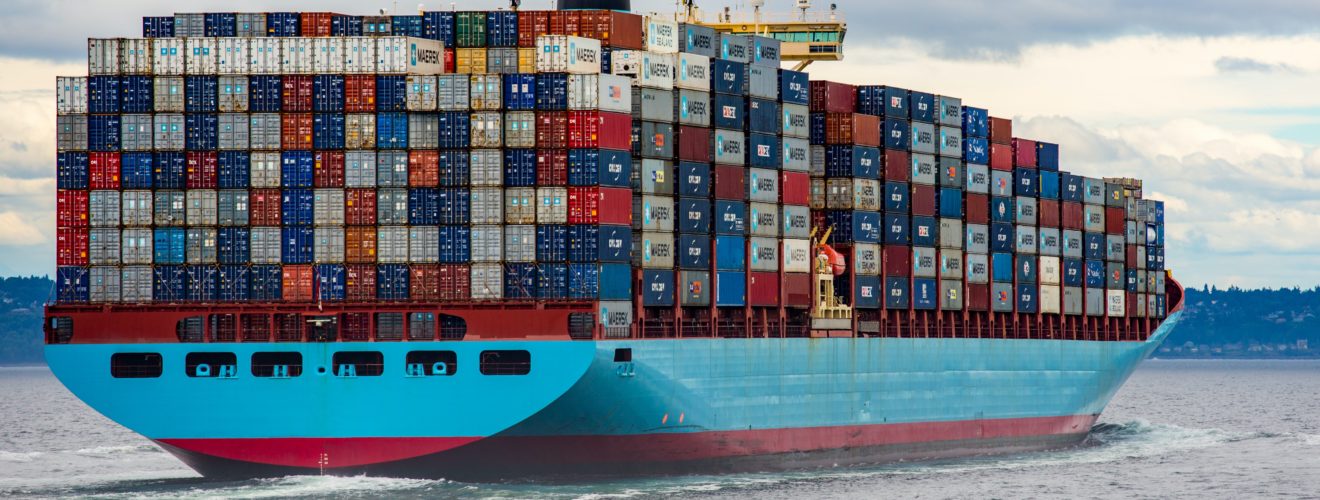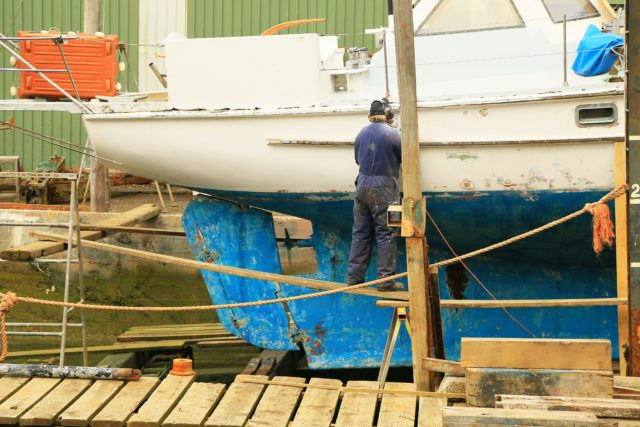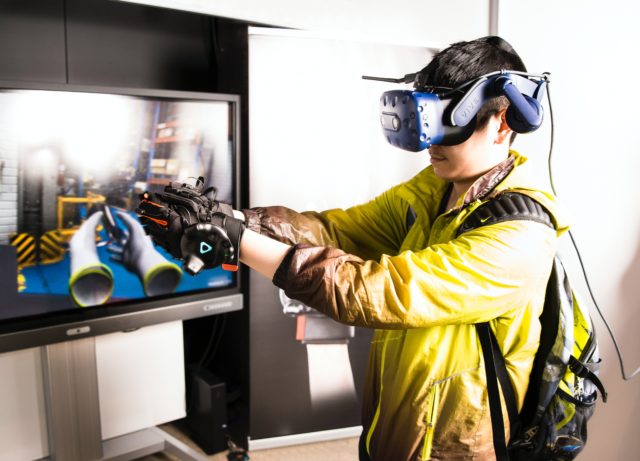Revolutionising the maritime industry with Smart Maintenance

According to Eurostat, maritime transportation is the primary means of long-haul transport of goods to and from the EU. Thus, the safety and security of the involved operational activities are of paramount importance. However, according to the preliminary annual overview of marine casualties and incidents 2014-2019 report, a total of 2904 casualties and 49 fatalities occurred in 2019 alone. For instance, the recreational dive boat, Conception, caught fire and eventually sank off the coast of Santa Cruz Island, California, in September 2019 where a total of 34 people were killed. Although the boat was too damaged to pinpoint the source of the fire, it was suggested that it occurred due to the state of the chargers, as a similar incident was recorded on the Conception’s sister vessel, Vision. Investigators also found there were no smoke detectors in the salon, the crew did not follow requirements, and they were not adequately trained; measures that could have led to more rapid firefighting efforts and successful evacuation1.
Unfortunately, this is not a surprise as the insurance company Allianz reported in 2012 that between 75% and 96% of marine accidents are the result of human error2. In addition, in consideration of climate change concerns, international shipping emitted 796 million tonnes of CO2 in 2012, which constituted approximately 2.2% of the global anthropogenic CO2 emissions in that year. These emissions, if not tackled, are expected to increase between 50% and 250% by 2050 as a result of world maritime trade growth3. There is no doubt whatsoever about the improvement threshold that can be implemented within the maritime industry.
In relation to maritime maintenance, the strategies currently followed are either reactive or preventive. Predictive maintenance is also applied although its application is not yet well established due to the lack of trust in black-box models. When reactive maintenance is performed, the risk of unscheduled downtime is increased whereas preventive maintenance induces unnecessary costs due to the necessity of implementing maintenance at predetermined intervals. In both cases, random failures are not prevented and this is the most common failure pattern. Consequently, the maintenance activities currently implemented onboard ships are both insufficient and inefficient.

Image by Photo by Nareeta Martin on Unsplash
Due to this fact, the maritime industry is currently considering state-of-the-art maintenance and inspection processes, an example of which is Condition-Based Maintenance. This is a maintenance strategy hinged on the condition monitoring of assets. Condition monitoring (CM) has proven to increase safety, reduce risk, and also increase a vessel’s efficiency, reliability, profitability, and performance. Owing to these advantages, sensors are installed so that assets can be monitored while operating by using an Internet of Ships (IoS) system. By employing IoS, real-time data collection can be performed with the utilisation of smart sensors, reliable communications, and seamless integration. With the application of Artificial Intelligence (AI) and provision of relevant information, this predictive maintenance can be implemented.
Regular diagnosis and prognosis can be performed to assess the current and future health of machinery to assist the decision-making processes and then optimise, among other aspects, maintenance and inspection tasks, crew management, and spare parts stocks. Diagnosis identifies, localises, and determines the gravity of an emerging fault condition, whereas prognosis predicts its progression. The success of prognosis, therefore, hinges on an accurate diagnosis. The objective of applying diagnosis and prognosis is clear: to achieve zero-downtime performance4.
But this is only the present. In the future, technologies such as virtual reality, augmented reality, and smart data portals may be included in this revolution. A revolution that encompasses 3D models of machinery and AR information for onboard engineers, VR training courses for ship engineers and cloud-based services to provide storage and online access5. Hence, smart maintenance and analysis of sensor data are revolutionising the maritime industry, and there is mounting evidence to endorse this fact. For instance, Caterpillar Marine looked at optimising hull cleaning. After applying data analysis, they realised that cleaning the hull more frequently would save up to $400,000 per ship, as inefficiencies due to dirty hulls were costing up to $5 million every year for the analysed fleet6. However, there are some challenges that are yet to be tackled, such as investing confidence and trust in black-box systems, deterring cybersecurity threats that occur due to massive data flows, the deploying all the technology required to implement smart maintenance, and the lack of data and cooperation among stakeholders.

Image by by XR Expo on Unsplash
No matter how, smart maintenance will revolutionise the maritime industry, but is the maritime industry prepared for this new era?
This article was specialist edited by Lizzy Cairns and copy-edited by Miriam Scarpa
References
- https://www.washingtonpost.com/national/california-dive-boat-fire-cause-conception/2020/10/20/97eb9bf4-12f1-11eb-9f38-35350e52c23c_story.html
- https://ieeexplore.ieee.org/document/8703391
- https://www.sciencedirect.com/science/article/abs/pii/S0029801820311823
- https://ieeexplore.ieee.org/document/8703391
- https://www.rivieramm.com/opinion/opinion/five-technologies-to-transform-vessel-maintenance-22629
- https://www.bernardmarr.com/default.asp?contentID=1095










